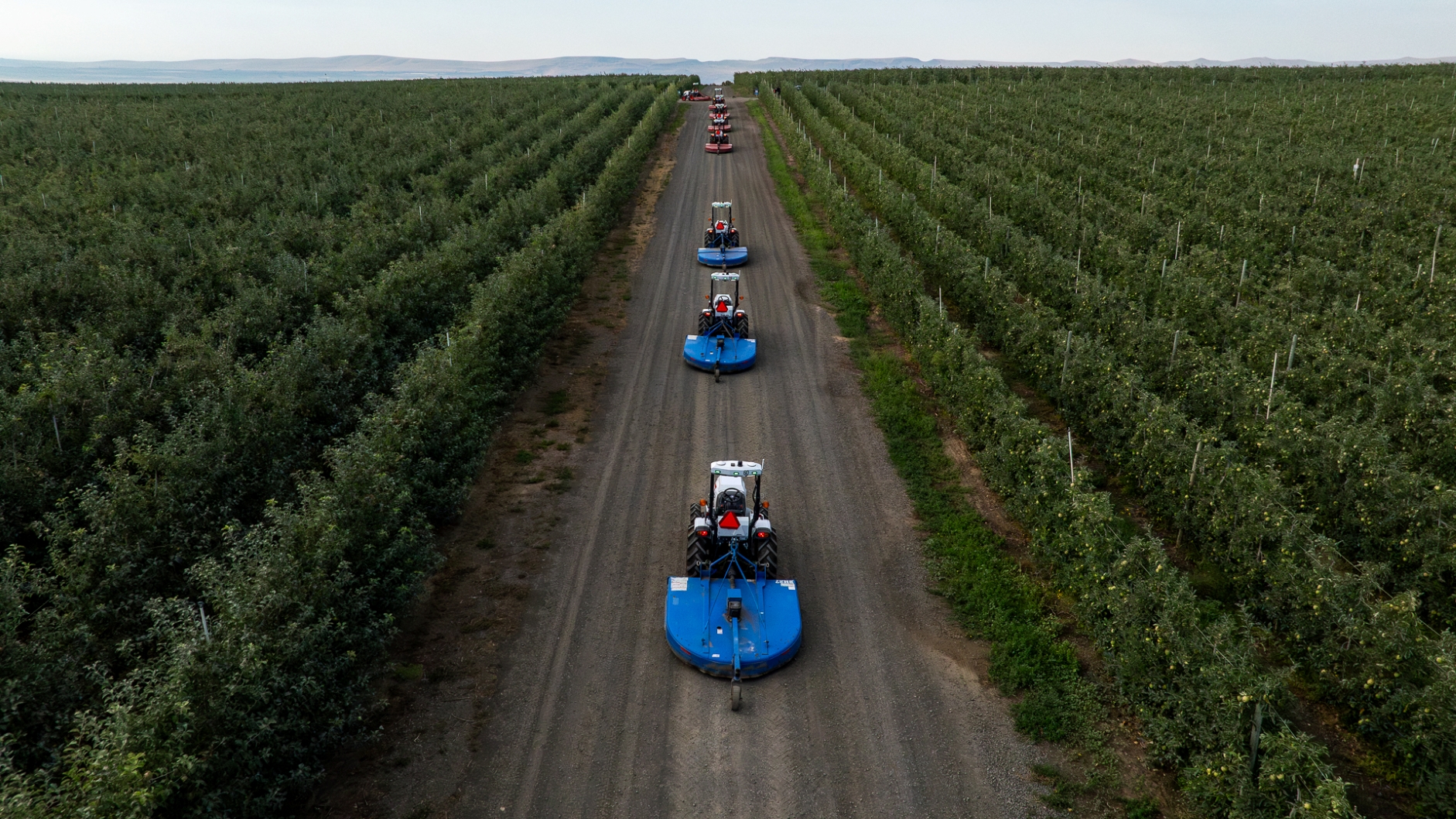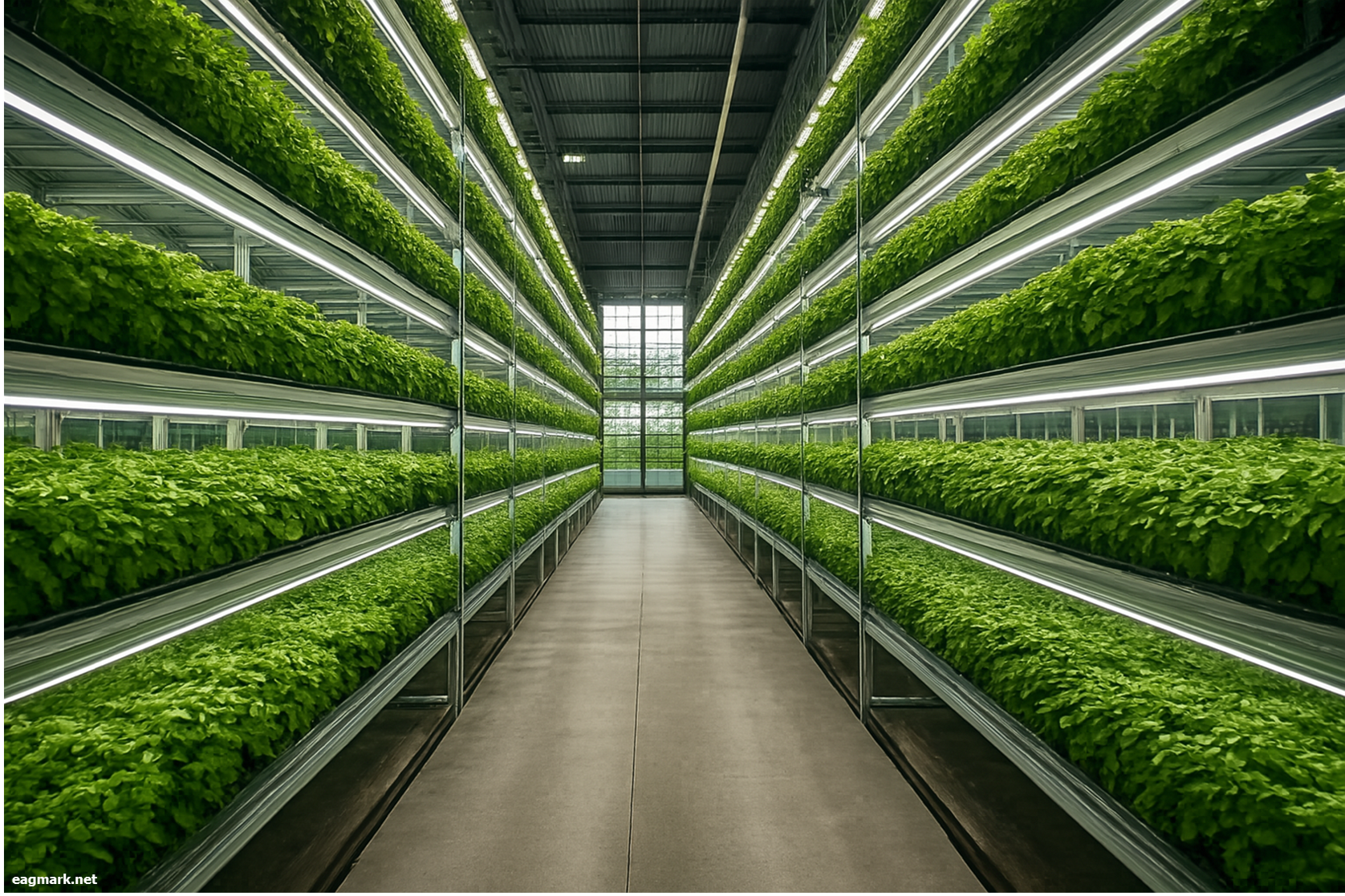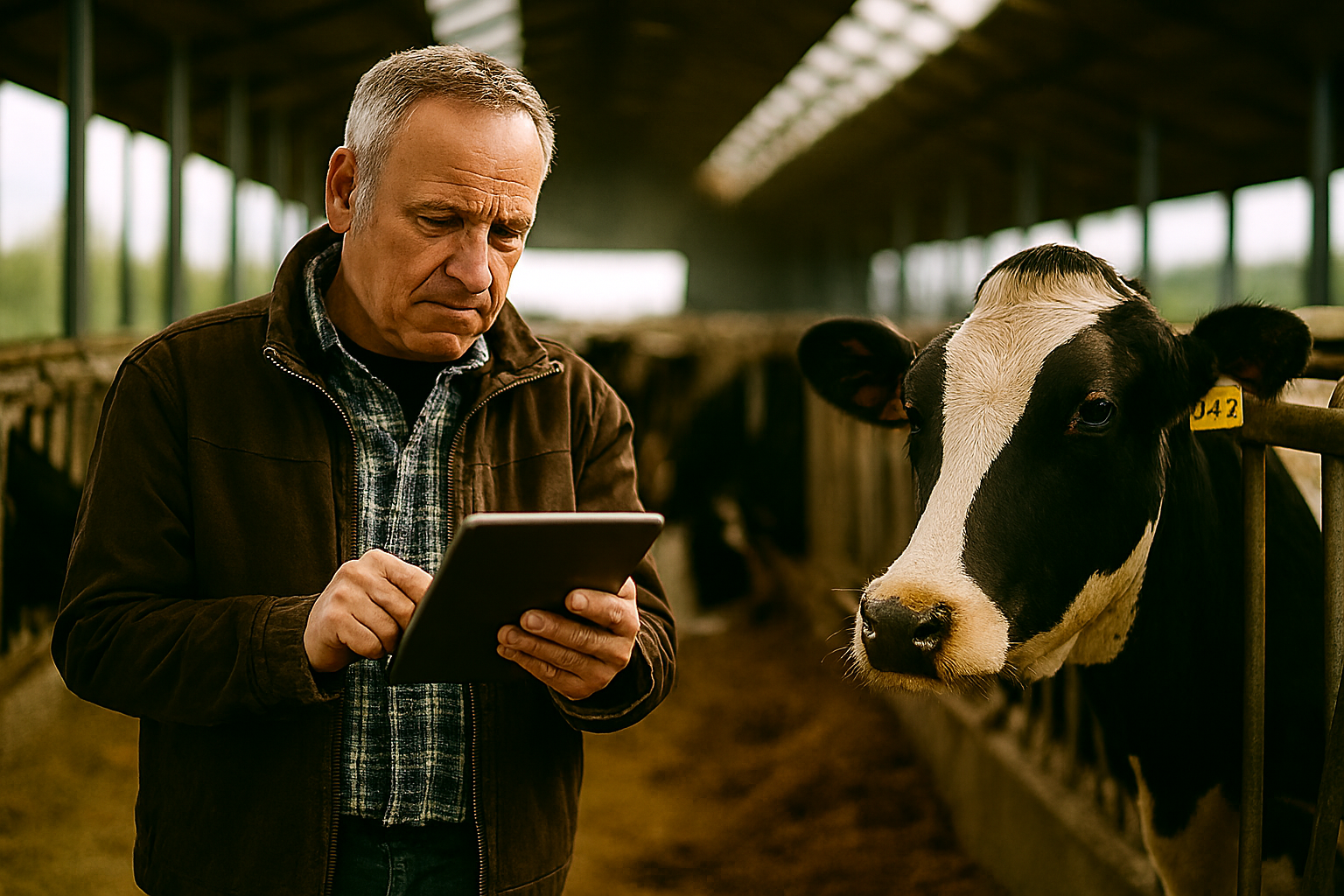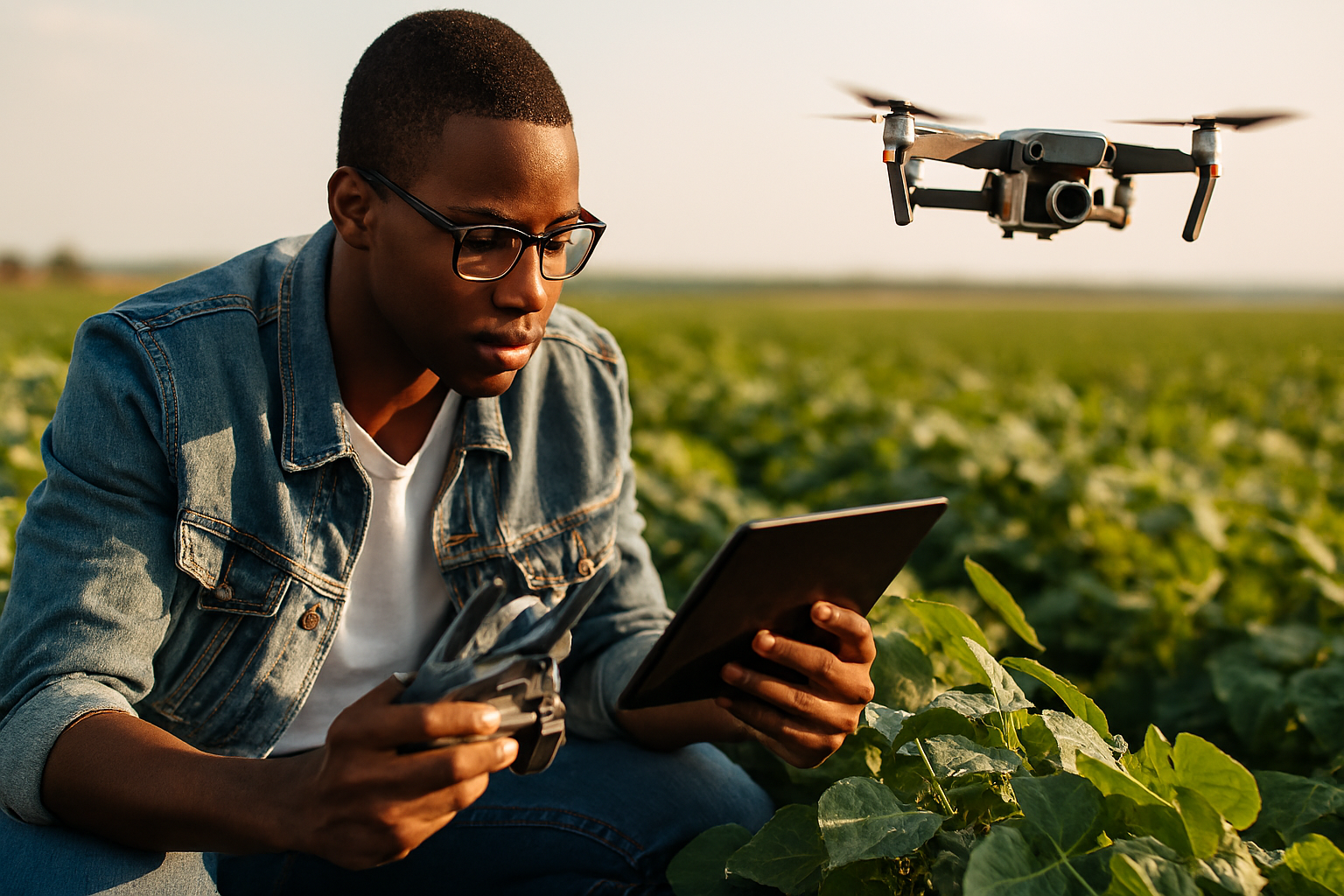
California-based Agtonomy has closed an $18 million Series B funding round to expand its automation platform for agricultural machinery, the company announced on October 28, 2025.
Venture capital firm DBL Partners led the investment, which included participation from Nuveen—one of the world's largest agricultural land operators managing over 2 million acres globally—along with existing investors Autotech, Allison Transmission, Rethink Food, and Black Forest Ventures.
The South San Francisco company develops software that enables commercial agricultural equipment to operate autonomously. Rather than manufacturing robots, Agtonomy partners with established equipment manufacturers to retrofit existing machinery with automation capabilities.
Tim Bucher, Agtonomy's founder and CEO, describes the technology as machine-embedded intelligence that allows tractors and implements to analyze field conditions and complete tasks without constant human supervision. The platform integrates GPS guidance, computer vision, and fleet management software.
Geographic Expansion Targets Labor-Constrained Markets
The new capital will support Agtonomy's expansion into the Southeastern United States and Australia, regions characterized by intensive specialty crop production and acute labor shortages.
According to Bucher, Australian producers face particularly demanding field conditions and have actively sought out the company's technology. The expansion strategy focuses on markets where labor availability has become a critical constraint on agricultural operations.
Agricultural Robotics Sector Faces Funding Headwinds
Agtonomy's fundraise comes as venture capital investment in agricultural robotics declined 36% from $168 million in Q2 2025 to $108 million in Q3 2025, according to preliminary data from AgFunder. The category includes on-farm machinery, automation tools, and drones.
Other agricultural robotics companies that secured funding in 2025 include:
Australia's SwarmFarm Robotics, which raised $30 million in October 2025 led by Belgian investor Edaphon, with participation from the Clean Energy Finance Corporation and QIC. The Queensland-based company has logged over 220,000 operating hours across 2 million hectares.
California-based TRIC Robotics, which secured $5.5 million in July 2025 led by Version One Ventures. The company developed autonomous robots that use ultraviolet light and vacuum technology to control pests and diseases in strawberry fields without pesticides.
UK-based Rootwave, which raised $15 million in June 2025 led by Clay Capital. The company's technology uses high-frequency electrical current to eliminate weeds as an alternative to chemical herbicides.
Bridging Technology and Agriculture
Bucher brings a unique perspective to agricultural automation. Beyond his role at Agtonomy, he operates Trattore Farms and Winery in Sonoma County, California, where he grows grapes and olives.
He argues that the agricultural automation sector's primary challenge is transitioning from demonstration projects to reliable systems that withstand the unpredictable realities of farming operations. Weather fluctuations, labor variability, equipment demands, and crop conditions shift constantly—automation that cannot adapt to these dynamics fails in commercial deployment.
"Farming conditions change by the hour," Bucher noted in a statement. "Automation systems must handle that variability, or they won't survive a complete growing season."
DBL Partners' Jake Harris, who is joining Agtonomy's board, said the investment aligns with the firm's portfolio of companies delivering performance improvements and cost savings while advancing sustainability in food production.
Mark Coelho, head of global horticulture at Nuveen, said managing millions of acres of farmland provides direct visibility into operational pressures facing producers, particularly labor shortages and increasing operational complexity.
The global agricultural equipment automation market continues to attract investment despite quarterly funding volatility, driven by persistent labor challenges and the need for operational efficiency in food production systems worldwide.


